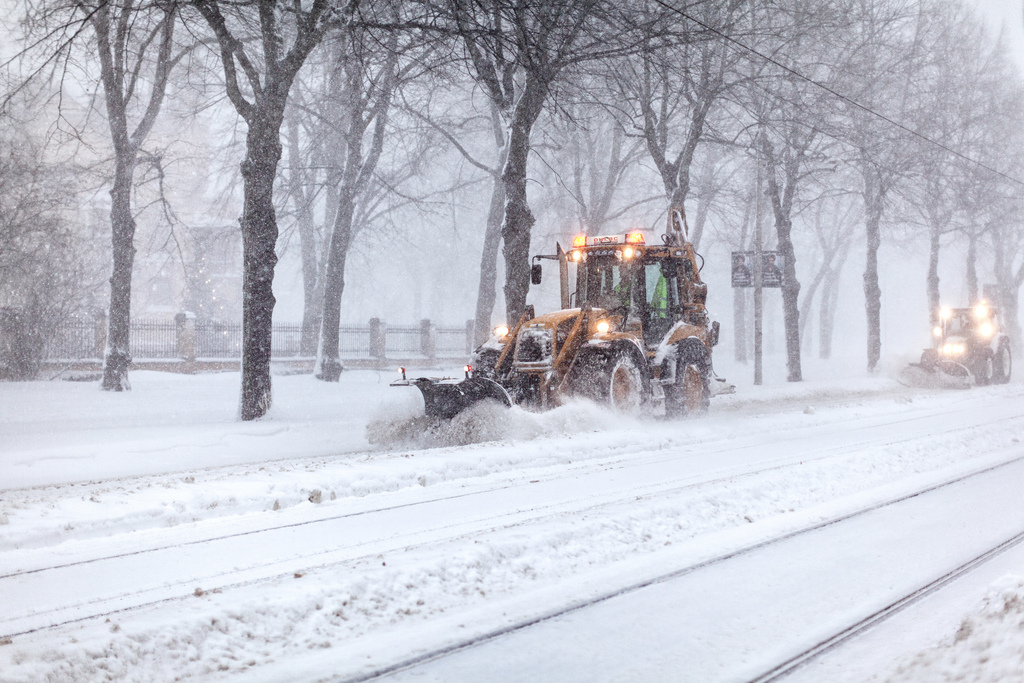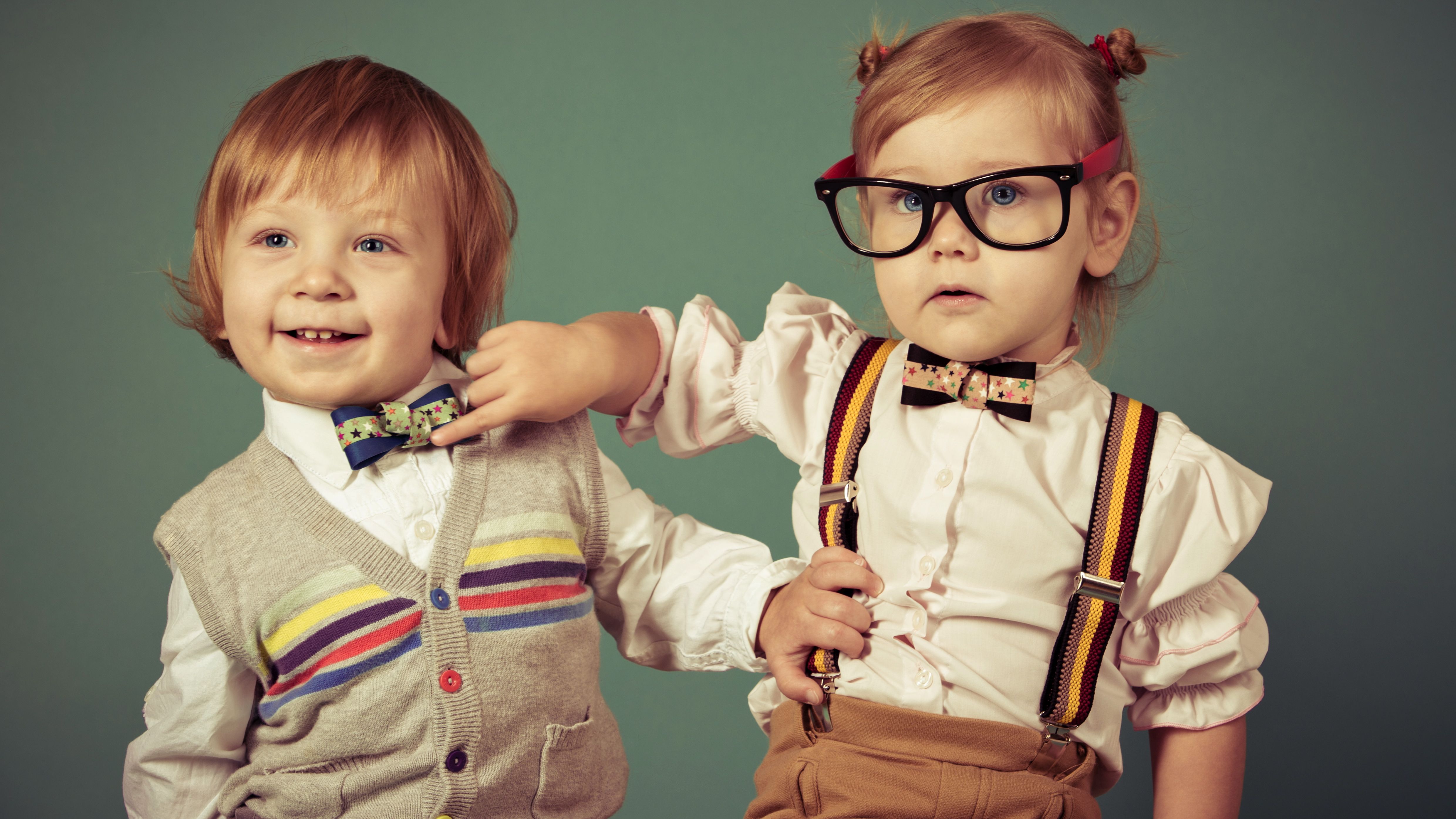Send your question to Umbra!
Q. Is it possible to find clothes for my kid that are eco-friendly AND produced using fair trade practices? I know the eco-friendly party line is to buy from thrift stores, but most of those were probably produced in a sweatshop before they were donated. You’re not actively giving money to manufacturers who produce clothes using bad practices, but you’re not encouraging manufacturers who use good practices either.
There seem to be very few clothing companies who advertise that their kids’ clothes are made using fair trade practices. Am I just asking too much?
Claudette H.
Gilbert, Ariz.
A. Dearest Claudette,
I don’t have any children, but word on the street is that raising them isn’t easy — a disclaimer that applies to everything from convincing the little darlings to eat their peas to suiting them up in sufficiently sustainable outfits. I’m afraid I can’t help you much with the peas issue, but I do have some thoughts on your clothing question.
First off: The term eco-friendly, when applied to clothes, gets a little tricky. As we’ve discussed, most modern textiles exact some form of environmental tax. Regular cotton is grown using tons of pesticides, but organic cotton must often be shipped to us from faraway lands and soaks up lots of water. Human-made materials like nylon and polyester come from petroleum. Toxins also get involved in the spinning, dyeing, and overall production of many fabrics. Really, it’s a pity kids can’t stick to their birthday suits forever.
For all those reasons, materials may matter less than sheer volume: The fewer articles of clothing Junior has, and the longer each item is worn (by Junior or the kid down the block), the more we can diffuse that environmental impact. Hence, the thrift-store party line (and its popular cousin, the hand-me-down party line). This is especially useful for children, whose tendency to grow two inches overnight translates to a robust market for gently used secondhand clothing.
But as you rightly point out, thrift-store duds of dubious origin don’t do much to encourage fair trade practices, which promote safe and reasonable labor conditions and just compensation for garment workers. The silver lining to recent factory tragedies in Bangladesh (twice) and Pakistan, among others, is an increased awareness of how our clothing — and our kids’ — is produced, and more interest in supporting sweatshop-free companies.
It is, however, still surprisingly tough to ferret out manufacturers that tout their fair-trade cred and use organic or recycled materials. I’ve found a few leads for you, Claudette, and I hope my dear readers can point you to any others I’ve missed in my research.
Several third-party organizations certify clothing brands as legitimately sweatshop-free. Fair Trade USA, better known for its work with food products, also lists a handful of apparel brands on its website. The Global Organic Textile Standard also maintains an extensive list of approved clothing companies — and you can comb it for kids’ clothes specifically. While useful to explore, these databases don’t always translate to quick and easy shopping, so I’ll throw in a few more specific ideas, too.
American Apparel, a biggie in the made-in-the-USA field, has a cute kids’ line that’s sweatshop-free and includes some organic cotton choices. Patagonia, often lauded for its organic fabric items and recycled materials, recently announced it’ll be carrying a few fair trade pieces this fall (though not necessarily in the kids’ lines right away).
Some smaller manufacturers hitting the elusive eco-friendly-plus-fair-trade mark for babies and kids include Positively Organics (toddler yoga pants!), Wondertoast, and Brooklyn-based Kee-Ka. Style-conscious kiddos can also get lucky shopping online discount store Zulily, which is offering organic and fair-trade tees, hats, and mittens as I type this and switches up their products regularly.
I hope these suggestions get you started, but I’d be remiss if I didn’t point out that the greenest consumer choice isn’t buying an organic onesie — it’s buying no onesie at all (if you don’t have to, of course). To that end, do your best to make clothes last. When you do whip out your wallet, opt for durable, high-quality items that can survive the busy life of today’s modern toddler. Bonus points if the piece is easy to launder gently (no hot water or, goodness me, dry cleaning required). Sew up the inevitable tears (or have them professionally mended). And when it’s finally worn out or grown out of, donate it or introduce it to the wonderful world of textile recycling.
I wish you luck in your search for the perfect kids’ accoutrement, Claudette. But until then, a combination of thoughtful new purchases and secondhand staples should serve you and your young’un fashionably well.
Thriftily,
Umbra



